 Clinton Building
Clinton Building
Entry Category: Recreation
 Clinton Building
Clinton Building
 Clinton Library
Clinton Library
 William J. Clinton Presidential Center and Park Dedication
William J. Clinton Presidential Center and Park Dedication
Community Theatre
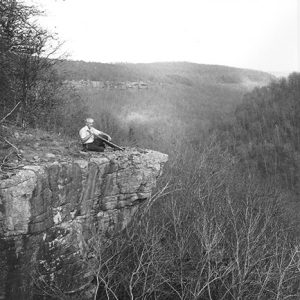 Neil Compton; 1972
Neil Compton; 1972
Concordia Club
aka: Jewish Country Club
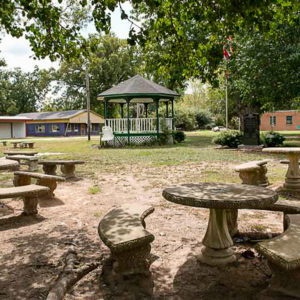 Conway Cemetery State Park
Conway Cemetery State Park
Conway Cemetery State Park
 Lou Cook
Lou Cook
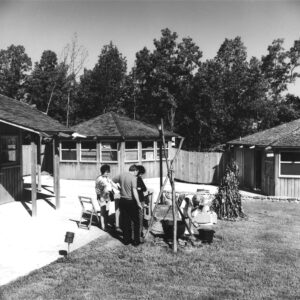 Cooking Demonstration
Cooking Demonstration
 Christian Cooper
Christian Cooper
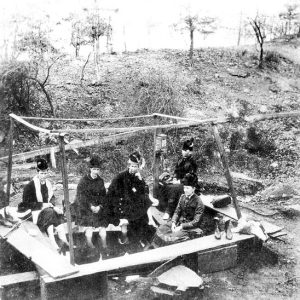 Corn Hole Spring
Corn Hole Spring
 Cossatot River State Park
Cossatot River State Park
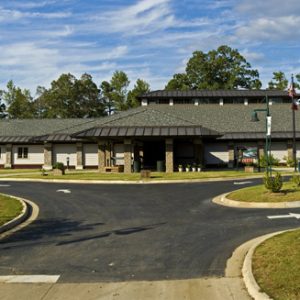 Cossatot Visitors Center
Cossatot Visitors Center
Cossatot River State Park-Natural Area
 Mary Craig and Karen Waldrip
Mary Craig and Karen Waldrip
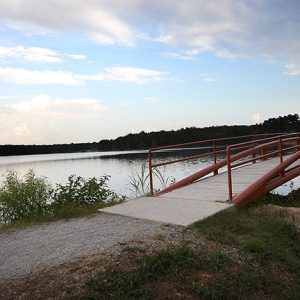 Craighead Forest Park
Craighead Forest Park
Crater of Diamonds State Park
Crescent Hotel
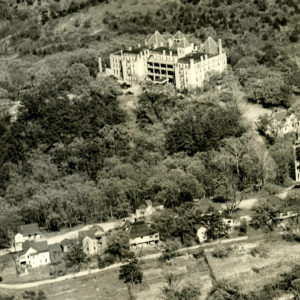 Crescent Hotel
Crescent Hotel
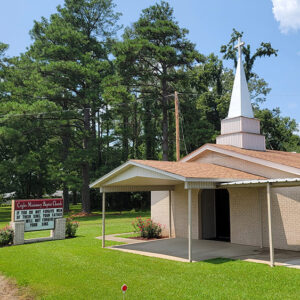 Crigler Church
Crigler Church
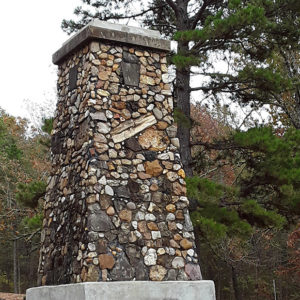 Crowley Monument
Crowley Monument
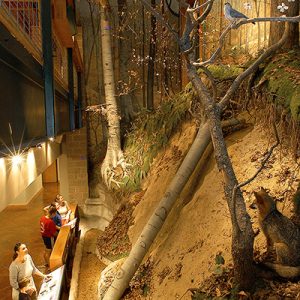 Crowley's Ridge Nature Center
Crowley's Ridge Nature Center
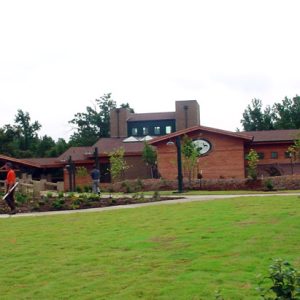 Crowley's Ridge Nature Center
Crowley's Ridge Nature Center
 Crowley's Ridge Nature Center
Crowley's Ridge Nature Center
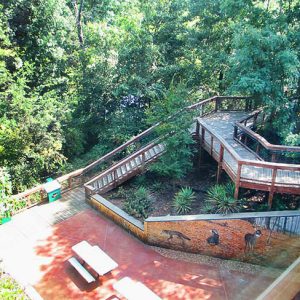 Crowley's Ridge Nature Center Walkway
Crowley's Ridge Nature Center Walkway
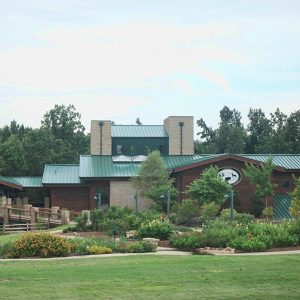 Crowley's Ridge Nature Center
Crowley's Ridge Nature Center
 Crowley's Ridge Nature Center Entrance
Crowley's Ridge Nature Center Entrance
Crowley’s Ridge Parkway, National Scenic Byway
Crowley’s Ridge State Park
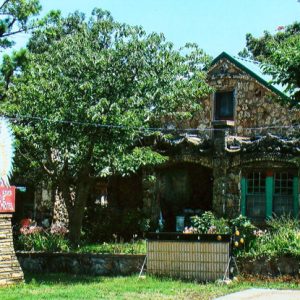 Crystal River Tourist Court
Crystal River Tourist Court
 Daffodil Festival
Daffodil Festival
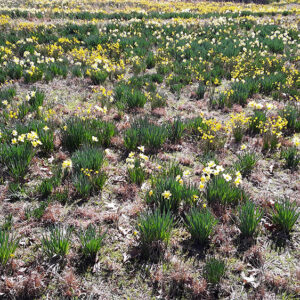 Daffodil Festival
Daffodil Festival
 Daisy Airgun Museum Brochure
Daisy Airgun Museum Brochure
Daisy State Park
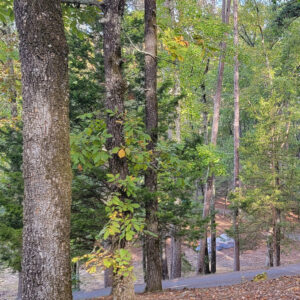 Daisy State Park Camping
Daisy State Park Camping
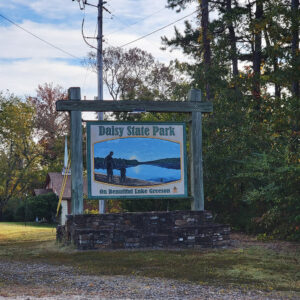 Daisy State Park Entrance
Daisy State Park Entrance
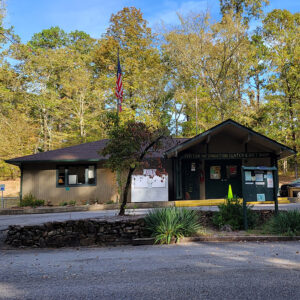 Daisy State Park Info Center
Daisy State Park Info Center
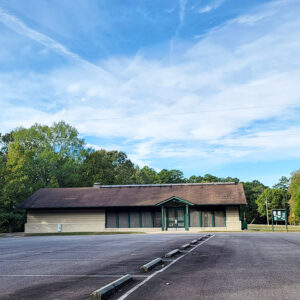 Daisy State Park Pavilion
Daisy State Park Pavilion
 Daisy State Park Playground
Daisy State Park Playground
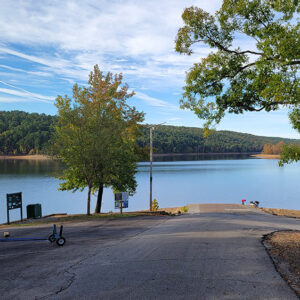 Daisy State Park Ramp
Daisy State Park Ramp
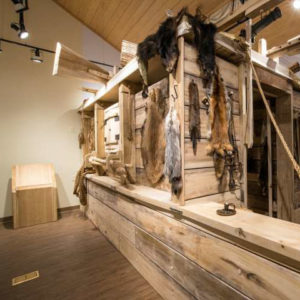 Davidsonville Exhibit
Davidsonville Exhibit
Davidsonville Historic State Park
 Davidsonville Park Ghost Structure
Davidsonville Park Ghost Structure
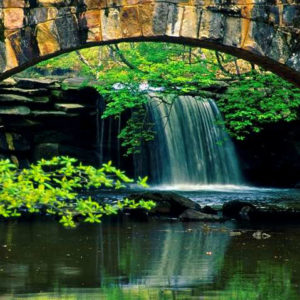 Davies Bridge at Petit Jean
Davies Bridge at Petit Jean
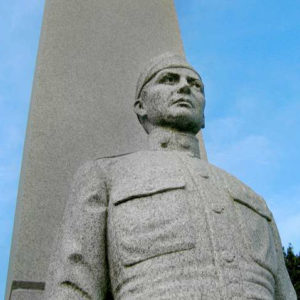 Herman Davis Statue
Herman Davis Statue
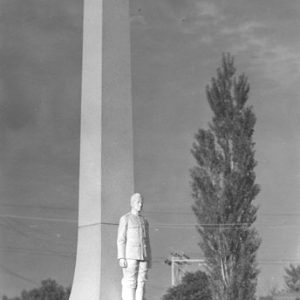 Herman Davis Monument
Herman Davis Monument
 De Soto Sculpture
De Soto Sculpture
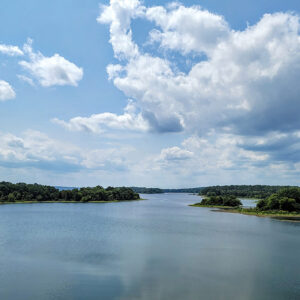 DeGray Lake
DeGray Lake
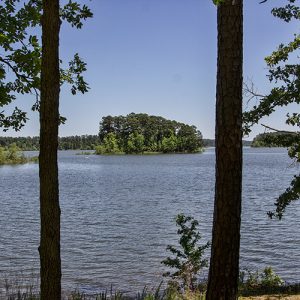 DeGray Lake
DeGray Lake




